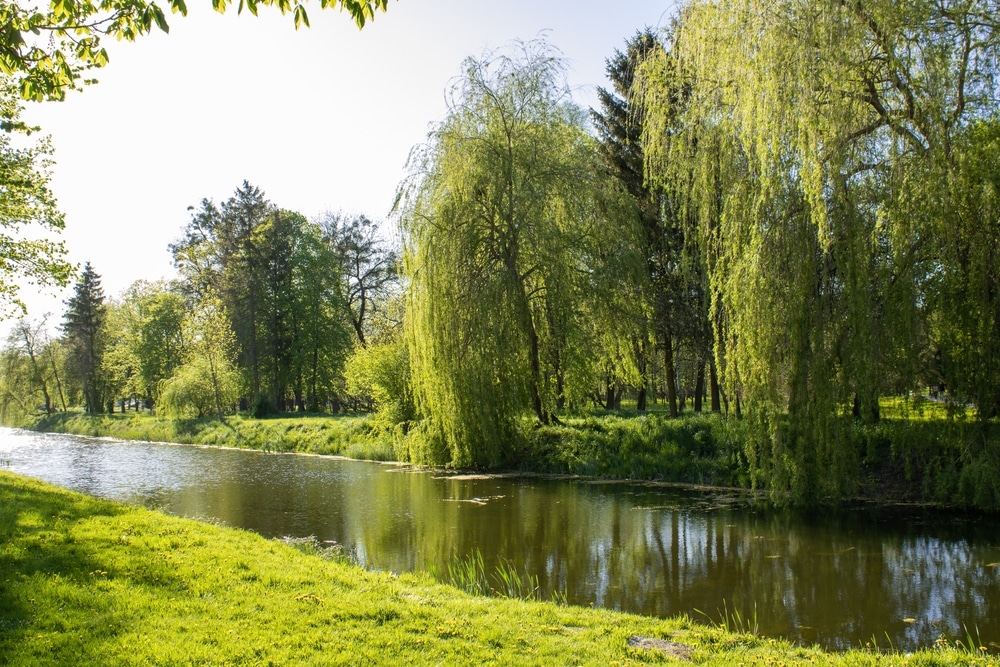The willow hybrid tree is an incredible specimen that gardeners and homeowners love for decorating the landscape. Their wispy branches are perfect for creating a breezy scene, but they aren’t just beautiful to view. They are also useful in several environments. If you’re considering adding these trees to your yard, garden, or field, you might be curious about how to care for them and help them thrive. Knowing their preferred environment can help you make an informed decision about whether or not this is the right plant for you. Below you will find information on their care and willow hybrid tree’s pros and cons.
Care
Gardeners and farmers will be pleased to hear that these trees are not picky and can live in diverse climates. Wherever you live, there’s a good chance a willow can thrive there.
Water Requirements
Willows are typically known for needing plenty of water to survive, but these hybrids can survive on far less. One or two thorough waterings a week, or about an inch per day, is usually enough for this resilient plant to get by. In temperate climates or with water access, it will need even less.
Soil Requirements
This tree can adapt to several soil types but prefers slightly acidic to slightly alkaline. It should be fine if it drains well and retains enough moisture to keep the roots from getting dry.
Light Requirements
These trees are also flexible when it comes to light requirements. They can tolerate full sun to partial shade.
Bloom Time
These trees do not have any flowers. They are deciduous and lose their leaves each fall.
Zone
This tree can survive in zones four through nine, which means that it’s found in places as far south as Florida and as far north as Canada. It’s no wonder so many people take advantage of this fast-growing foliage.
Pruning
This tree naturally grows upright and requires little to no pruning. If you choose, you can remove any dead branches that don’t appear to be falling off on their own.
Pests and Other Problems
Unlike the willow, this tree is exceptionally good at resisting pests and diseases. No specific species are known to attack this plant, so it’s a safe bet for a healthy yard or garden.
Pros and Cons
Determining willow hybrid pros and cons is pretty straightforward since this is such a wonderful plant. It provides so much utility, but they are also lovely to admire and easy to take care of. Below are the pros and cons of this tree.
Pros
- These trees are tougher than they look. Although their branches appear delicate, their flexibility makes them an excellent windbreak. Farmers often rely on them to protect crops.
- These trees grow at incredible rates, making them a perfect solution if you need new growth quickly.
- Its strong roots can help prevent erosion.
- This plant decontaminates both the air and the soil.
Cons
- They need space. Because they can reach over 70 feet tall, it’s not wise to plant them near structures.
- If you prune it, you must do so carefully and cut the branches in a specific pattern. It will be crucial to do some research because pruning it incorrectly can cause damage to the plant.
- Their roots can be invasive. Other plants don’t usually do well near the willow hybrid since they take up so much room and water.
Final Thoughts
If you need a sturdy, quick-growing barrier that’s both attractive and functional, willow hybrids are the way to go. They can survive nearly anywhere, have a long lifespan and novices will love how easy it is to reap the benefits of this plant.


